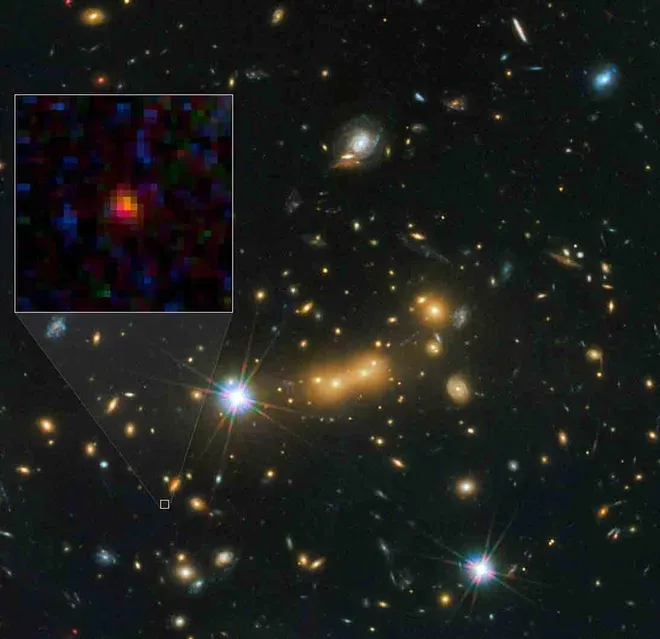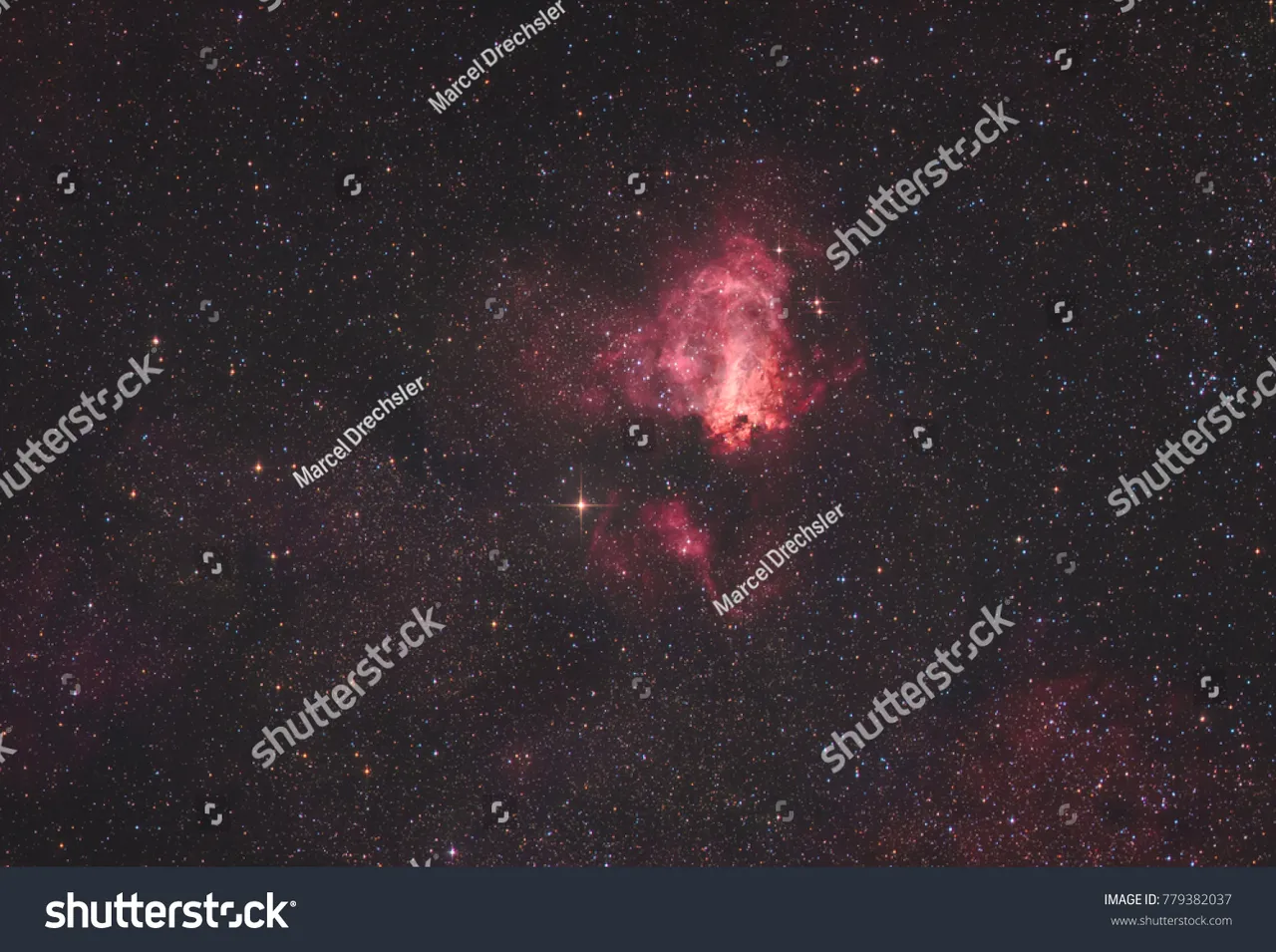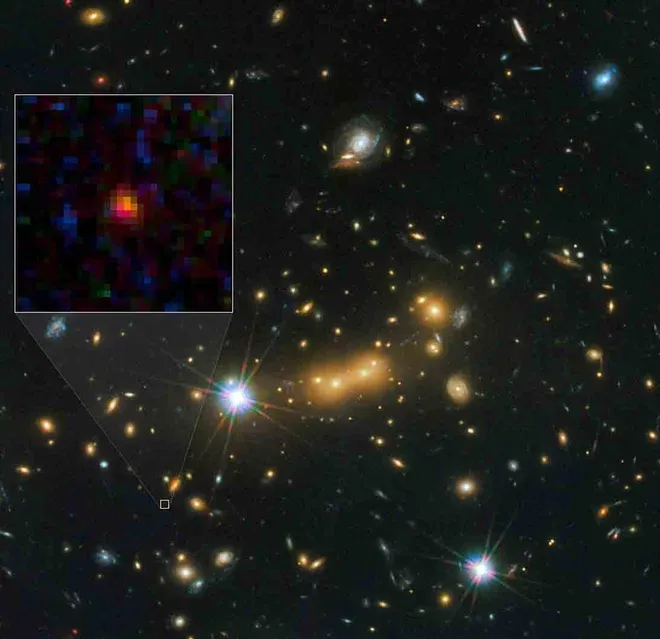TO WHOM IT MAY CONCERN!
This is a call to the astronomy communities to consider a ideal that can not be ignored.
After reading the magnificent article Time - A Little More Than Meets the Eye by @churchboy
"He figured that the only thing that is absolute is the speed of light. If this is so, he realised that space and time must be flexible to accommodate the invariability of the speed of light." by @churchboy referring to Einstein's work.
But speed by its very nature can't be constant if observed long enough.
In simple terms;
Light like every other particles that are traveling in a straight line will eventually decelerate in time and space.
Why?
Because the medium in which all things travel cause a drag due to resistance.
So after hundreds of millions of years of light travelling, it is greatly slowed down, astronomy is still holding unto the assumption that the speed of light is constant for ever.
It is this erroneous assumption that accounts for the enormous light years you hear about in astronomy.


PicturSource
"Researchers using Hubble space telescope data have spotted Icarus (aka MACS J1149+2223 Lensed Star 1), a blue supergiant whose light was emitted when it was 9 billion light years away from Earth -- over 100 times farther than the previous record-setter. They captured the star thanks to a rare, ideal gravitational lensing effect where the star's light was magnified not only by the gravity of an in-between galaxy cluster 5 billion light years from Earth, but by a star inside that cluster. All told, the lensing magnified Icarus 2,000 times."
Source
This billions and billions of light year (up to 13.3 billion light-years) are nothing more then errors in calculations based on the assumption that the speed of light is constant.

Farthest Known Galaxy in the Universe Discovered
The galaxy MACS0647-JD (inset) appears very young and is only a fraction of the size of our own Milky Way. The galaxy is about 13.3 billion light-years from Earth, the farthest galaxy yet known, and formed 420 million years after the Big Bang. Image taken by Hubble Space Telescope on Nov. 29, 2011, and released Nov. 15, 2012.
Credit: NASA, ESA, and M. Postman and D. Coe (STScI) and CLASH Team
Source
This should be looked into and adjustments be made accordingly. Hahaha Easier said than done!